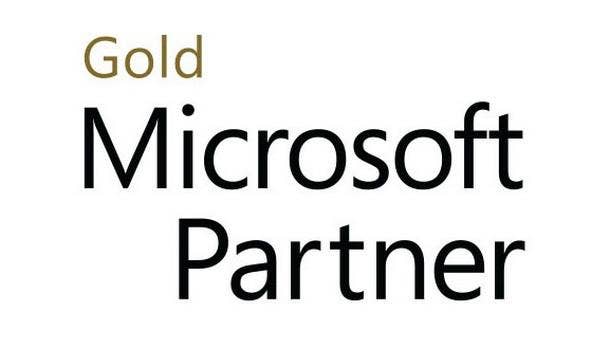4 Things To Know About Microsoft’s Cloud Partner Growth
Microsoft reported that its Cloud Solution Provider (CSP) program has been seeing strong growth, both in partner participation and in total revenue generated.

‘Huge Role’ For Cloud Partners
Microsoft’s fast-growing cloud business depends upon its vast network of channel partners, with 95 percent of the company’s commercial revenue influenced by partners, Microsoft channel executives said this week. As such, partners should expect to see continued investment from the tech giant in the ways partners interact with customers, each other and Microsoft itself, executives said. Microsoft touted some of those recent investments and gave some insight into what to expect in the future during the company’s “State of the Partner Ecosystem” online event Wednesday. Through Microsoft’s Cloud Solution Provider (CSP) program, partners “play a huge role in providing their services to customers,” said Gavriella Schuster, corporate vice president for Microsoft’s One Commercial Partner organization, during the event.
What follows are four things to know about Microsoft’s cloud partner growth.

Improvements For Partners
Microsoft channel executives said that partners should look forward to simpler ways to reach customers through improvements in commercial marketplaces like AppSource and Azure Marketplace. Partners should expect to see targeted marketing investments for small and midsize business customers, not to mention investment in the Partner Center portal used to manage referrals, incentives, payments and other operations related to their business with Microsoft.
“We’re thinking 10 to 20 years ahead,” Schuster (pictured) said. The executives touted multiple data points that might entice partners while the company itself experiences financial growth, with $16.7 billion in commercial cloud revenue for the quarter ended Dec. 31, a 34 percent increase year over year.

Services And Software Boom
Partners should expect continued growth around software and services related to Microsoft solutions, said Nick Parker, Microsoft’s corporate vice president of global partner solutions, on Wednesday. According to figures from research firm IDC that were cited by Parker, partners will generate $1.2 trillion in revenue in 2024 related to creation, sales and delivery of Microsoft technology. That’s more than 20 percent higher than the $984 billion generated by Microsoft partners in 2020.
The $1.2 trillion revenue figure in 2024 also equates to about $10.04 in revenue for partners for every $1 of revenue that Microsoft itself generates, according to IDC figures. By comparison, Microsoft partners generated an estimated $9.58 for every $1 worth of Microsoft revenue in 2020--and generated $5.87 for every $1 of Microsoft revenue in 2016.

CSP Partner Surge
Microsoft’s Cloud Solution Provider (CSP) program serves partners that offer value-added cloud services around Microsoft platforms such as Office 365 and Azure. On Wednesday, Microsoft executives disclosed that the CSP program has grown to include 90,000 partners. That’s double the number from the last time Microsoft reported the figure--when the company cited the CSP program as having 45,000 partners in 2018. Meanwhile, average revenue per CSP partner has been growing by more than 40 percent on an annual basis, Microsoft recently disclosed to CRN, while more than 13,000 partners earned a Microsoft Gold competency in 2020.

CSP Revenue Growth
Microsoft also reported that total revenue for CSP partners has been growing rapidly. For the company’s second fiscal quarter of 2021, ended Dec. 31, total revenue for CSP partners surged 53 percent compared to the same period a year earlier.
Cloud-based products such as the Teams collaboration app have been helping to drive the rapid growth for CSP partners, Microsoft has said. For instance, Tacoma, Wash.-based Continuant told CRN in October that its revenue related to Teams was expected to surge by up to 50 percent in 2020 compared with the previous year. As Teams usage exploded during 2020, solution providers were “central” to the growth and to finding multiple routes to drive major revenue from Teams, Schuster told CRN previously.
During Microsoft’s second fiscal quarter, ended Dec. 31, revenue for Azure grew 50 percent year over year. The Azure results propelled 23-percent revenue growth in Microsoft’s intelligent cloud segment, which reached $14.6 billion during the quarter.